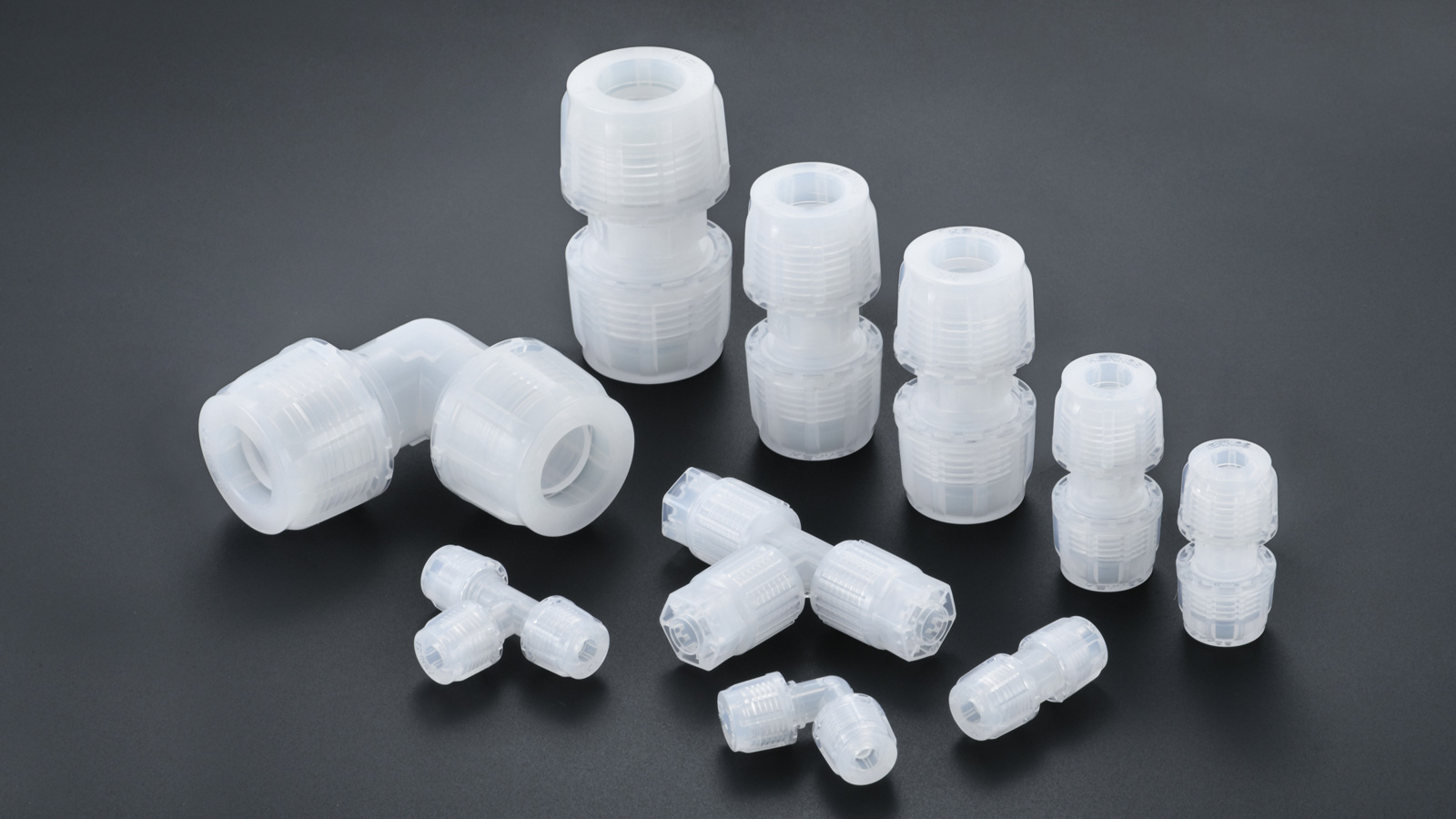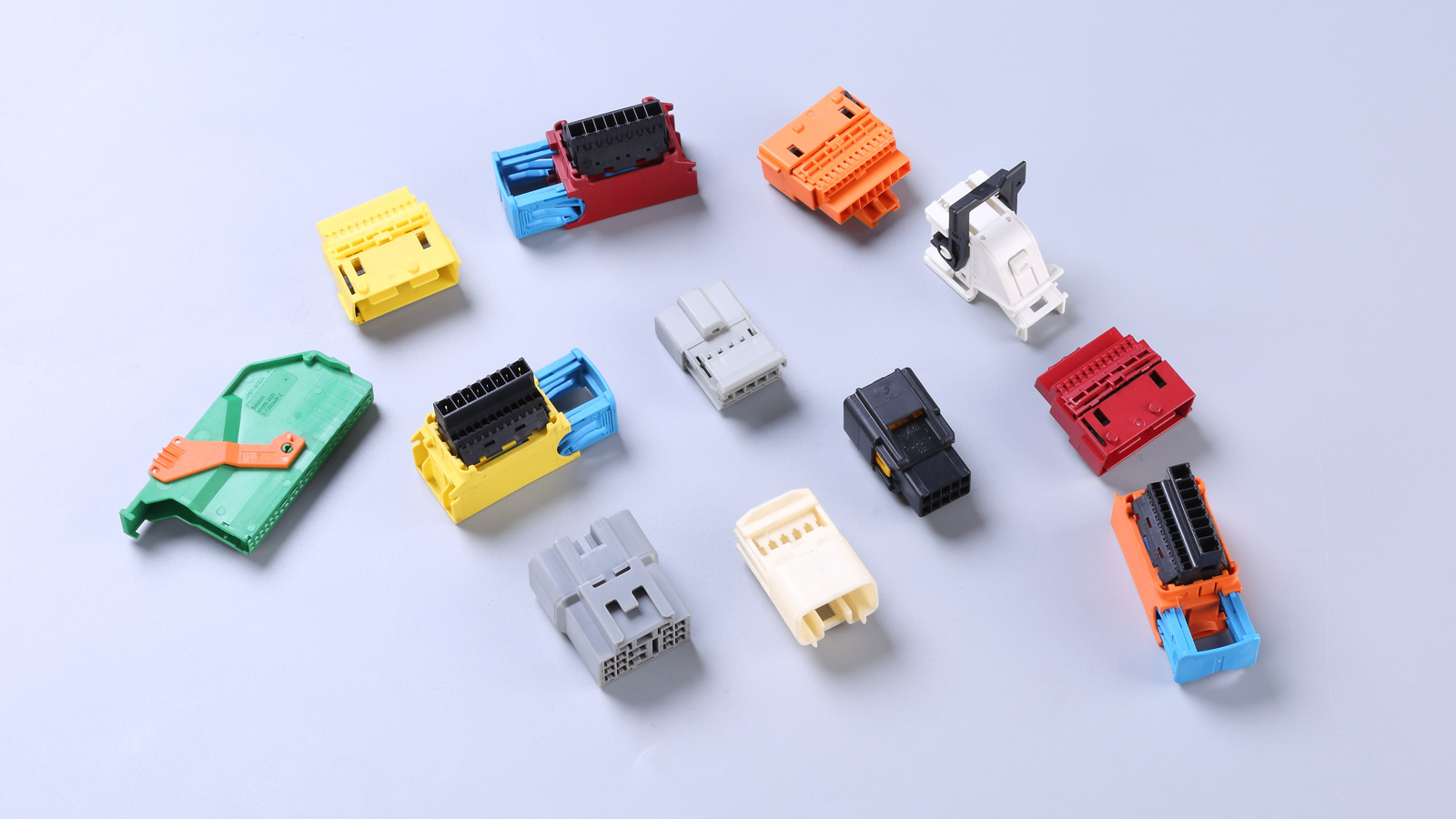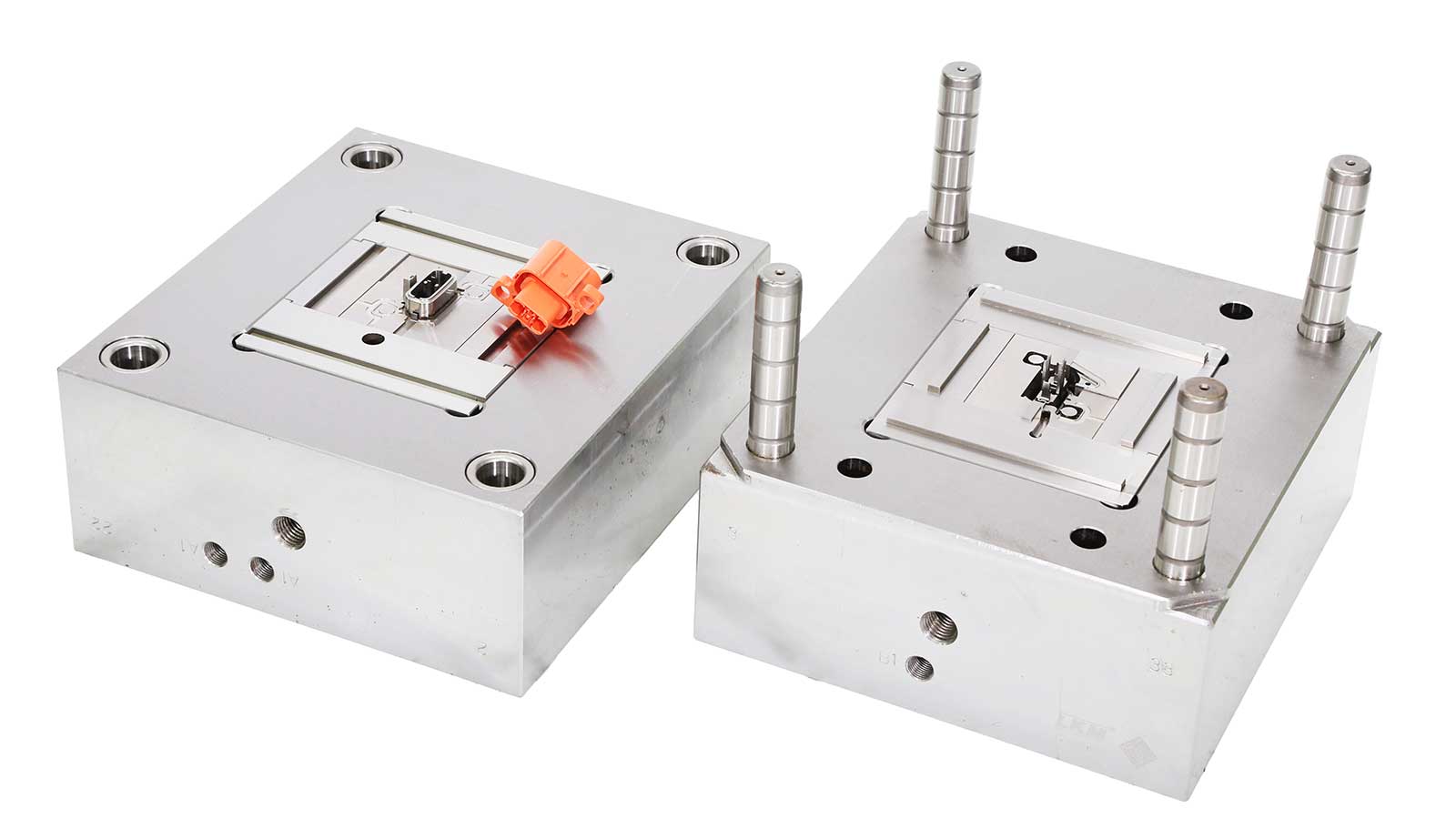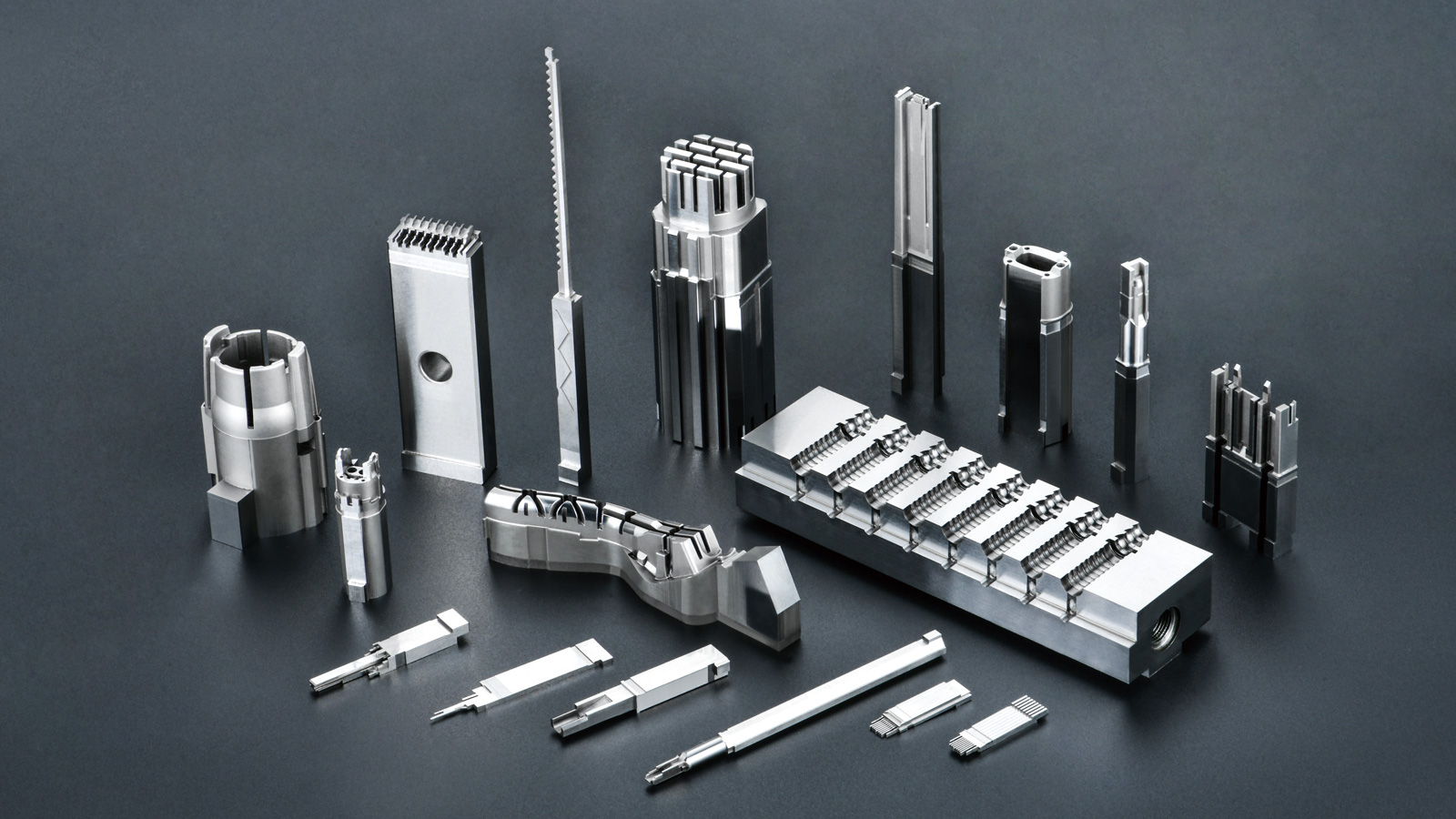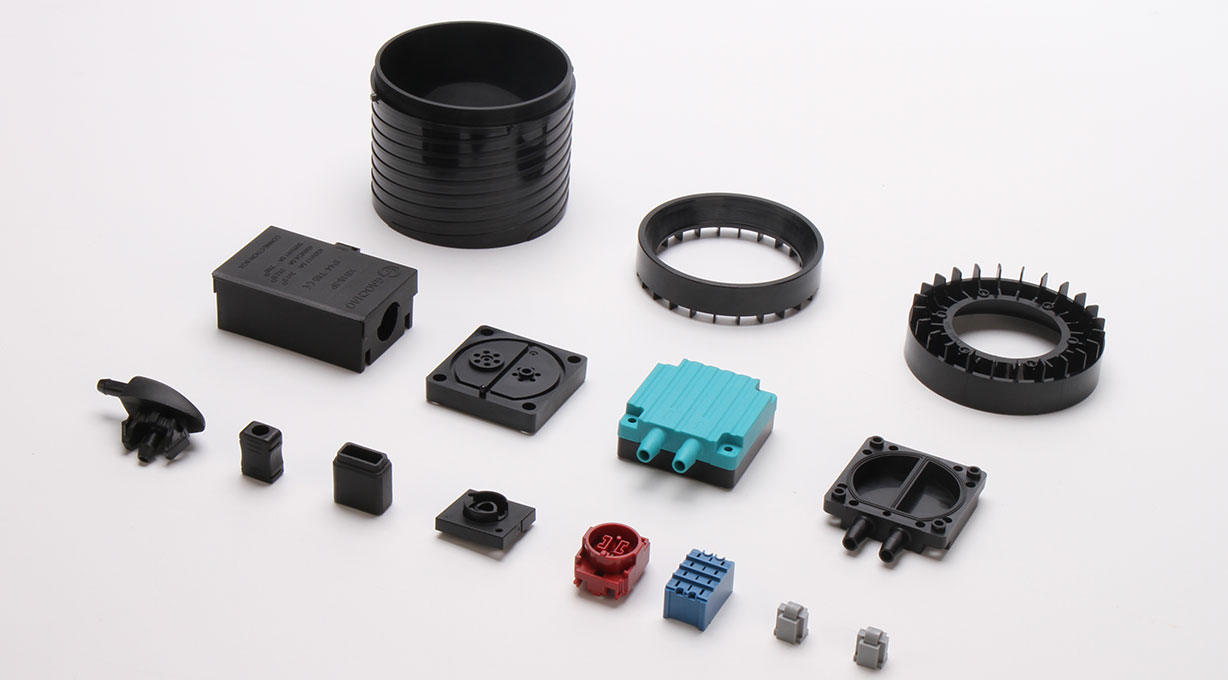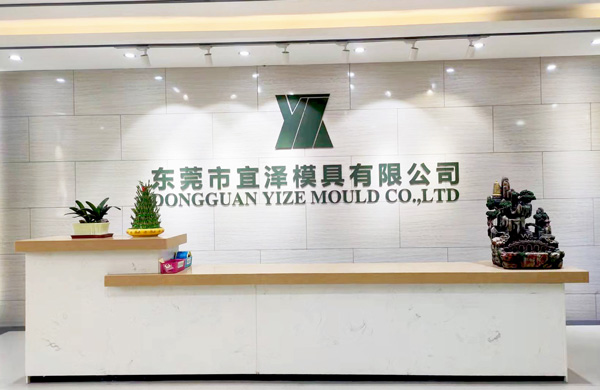During the molding process of injection molds, we often need to set some special patterns or symbols on the surface of plastic parts, such as anti-slip patterns on handles, sealing threads on bottle caps, operation marks on buttons, etc. So, how are the threads on these plastic parts formed? This article will introduce in detail the three common methods and characteristics of thread molding on plastic parts of injection molds.

Thread molding on plastic parts of injection molds can be achieved mainly in the following three ways:
1. Direct molding during molding
This method is easy to process, low cost, and has a short production cycle. However, due to the characteristics of plastic materials, the directly molded threads are relatively poor in strength and have a low precision grade. Therefore, this method is more suitable for occasions where the thread strength requirements are not high.
2. Machining after molding
When the direct molding method is difficult to meet the thread molding requirements, we can choose the method of machining after molding. This method requires secondary processing after thread molding, so the production efficiency is relatively low. It is usually used in cases where the thread aperture is small and deep, the thread core has insufficient rigidity and strength, or the thread core needs to be installed on the side, resulting in a complex mold structure.
3. Use metal thread inserts
Metal thread inserts have the advantages of high precision and good strength. However, when molding plastic parts, stress is easily concentrated around the inserts, and processing and placing the inserts will increase the production cycle and cost. Therefore, this method is usually used in threads that require high matching accuracy, frequent assembly and disassembly, and high stress. Especially when the direct molding thread is too fine and the use strength is insufficient, metal thread inserts should be used to ensure the quality and performance of the plastic parts.
In summary, the thread molding methods on plastic parts of injection molds have their own advantages and disadvantages. We should choose the most appropriate method according to the specific application scenarios and needs. While pursuing production efficiency and cost control, we must also ensure that the quality and performance of plastic parts meet the use requirements.

